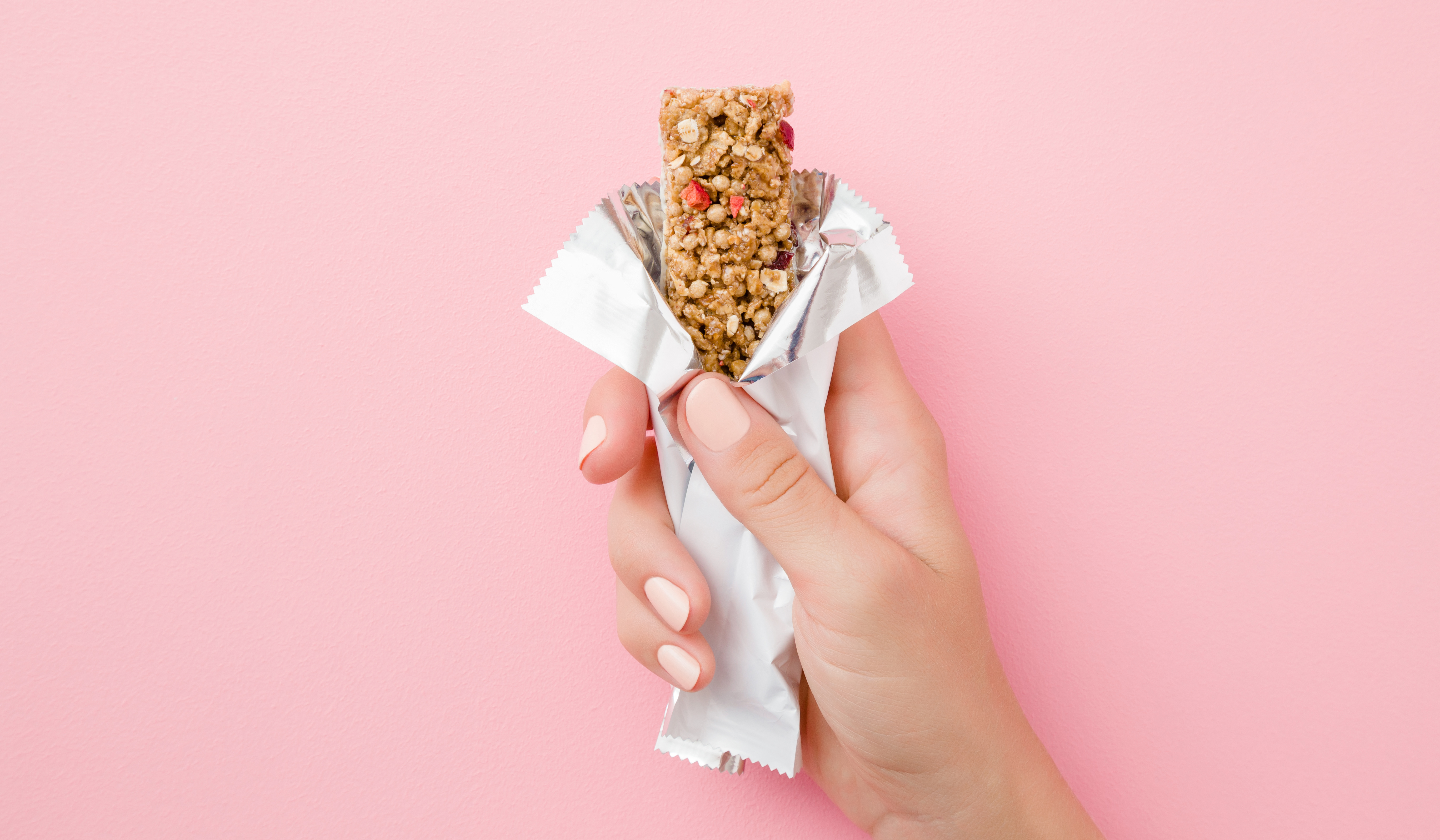…for the first time EVER, I didn’t talk about protein.
Instead, we focused on Pillar 2
Eat Minimally Processed Foods Without Added Sugars
by focusing on this, the remaining Pillars were going to be achieved by default (and with greater consistency with some added coaching).
You may be thinking – “I know that I should eat unprocessed foods – so what!?”
Here’s the thing – unprocessed is a myth. Marketing hype. There is nothing wrong with food processing – in fact it is generally a good thing.
Processing can unlock nutrients. It can make it easier for your body to digest and use the foods that you are eating.
How the food is processed matters. But this is a detail that is too nuanced for news headlines about celebrity weight loss ‘secrets.’
But not too nuanced for you.
If you are still reading this article then you are different.
You want to know the nuance so that you can apply it to your life, your body, your health and then triage what worked and what didn’t – so you can enjoy the foods you eat, feel good about your body, and be healthy (the trifecta of living a Strong, Fit, and Healthy life).
So let’s talk about the nuance and where food processing goes wrong.
Let me introduce you to a four food group classification system called the NOVA Food Groups (this was created by the Center for Epidemiological Studies in Health and Nutrition, School of Public Health, University of Sao Paulo, Brazil).
The NOVA food system breaks the food down into the following groups:
1. Unprocessed or Minimally Processed Foods: Unprocessed foods are things like bananas, apples, eggs, etc. Minimally processed foods include foods like rolled oats, dry roasted nuts, dried or ground herbs, etc.
2. Processed Culinary Ingredients: This includes foods that have been processed to concentrate or extract certain components – think olive oil or maple syrup.
3. Processed Foods: Take a foods from groups 1 or 2 and add sugar, salt, oil for flavor and or preservatives. These foods can also often be canned or bottled (e.g. ketchup…sigh)
4. Ultra-processed Foods: You can’t make these in your kitchen if you tried. The creation of these foods requires industrial equipment, chemical modification, flavor and palatability enhancements to ensure that the final product is hyper-palatable independent of shelf-life. Frozen pizzas fall into this category but so do protein bars.
The New PILLAR of Nutrition.
My client wanted simple so I gave him what he wanted while also giving him the tools to recognized quality characteristics in foods.
The goal was simple – eat primarily unprocessed and minimally processed foods (for sake of simplicity – I include Culinary Processed Ingredient foods like olive oil and maple syrup in this category). I called this his Minimally Processed Food Challenge and we set a goal for 30 days of focused effort.
Why this worked for him (and why it will work for you)…
- No overt calorie counting
- No overt portion regulation
- Very simple to follow
Unprocessed/Minimally Processed (which we’ll just call Minimally Processed Foods moving forward) are innately lower in calories despite having a greater volume (e.g. a larger amount of foods) and while they taste good – they generally aren’t…
“OMG I need to have 7 more of those because I’ve never had something so delicious in my life and can’t control myself around them” kind of good
…like most ultra-processed foods are (this isn’t an accident). This makes eating a reasonable amount of minimally processed foods without weighing and measuring them a reasonable request.
So you can just made good food choices, using the minimally processed foods parameters, and you’ll lose excess body weight, improve your health, without having the nutrition burden that so many people carry around – you know that feeling that your diet needs to be perfect, dialed in, and every bite quantified.
This sounds good right?
There is just one problem that you may have picked up on.

